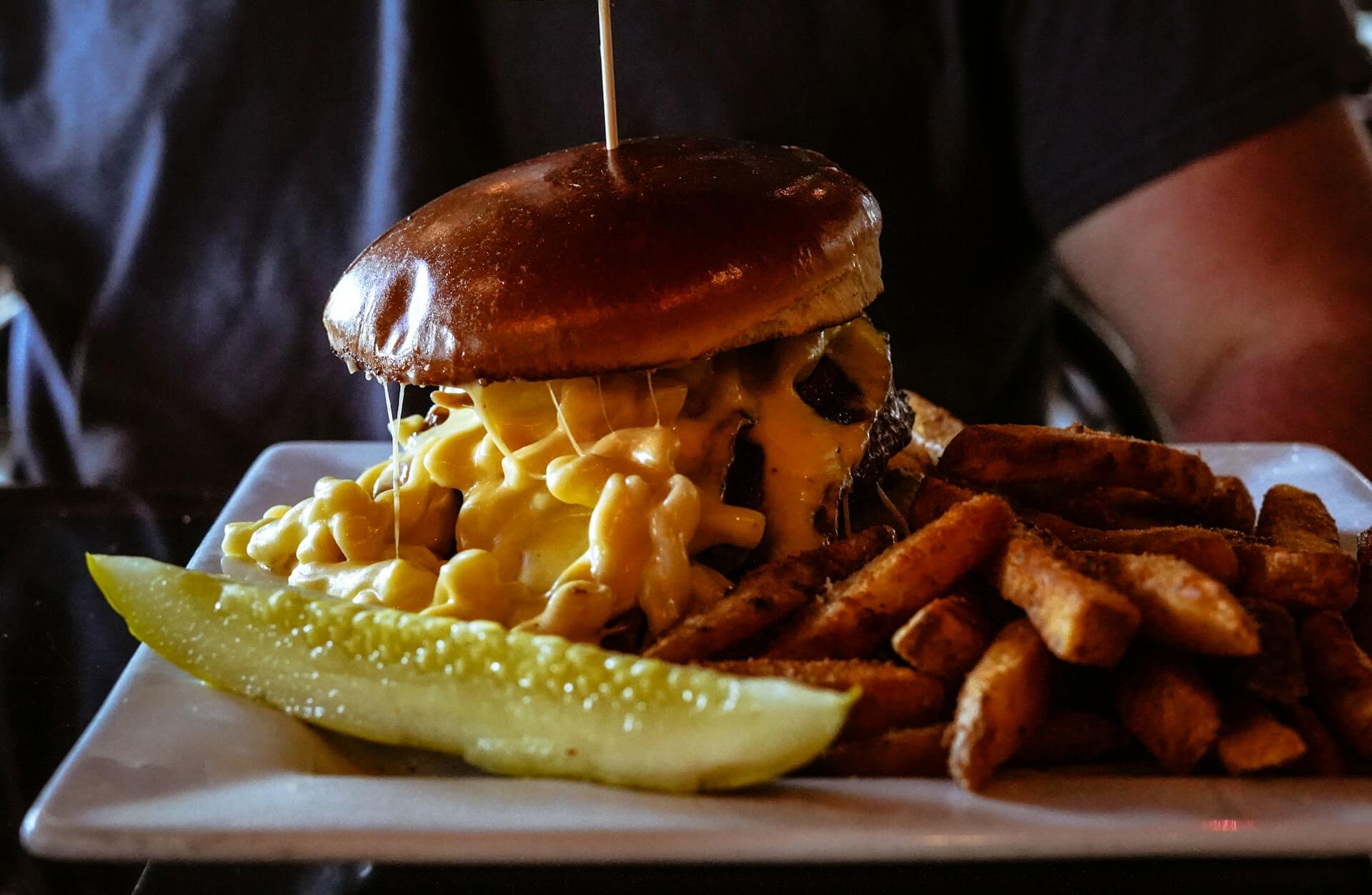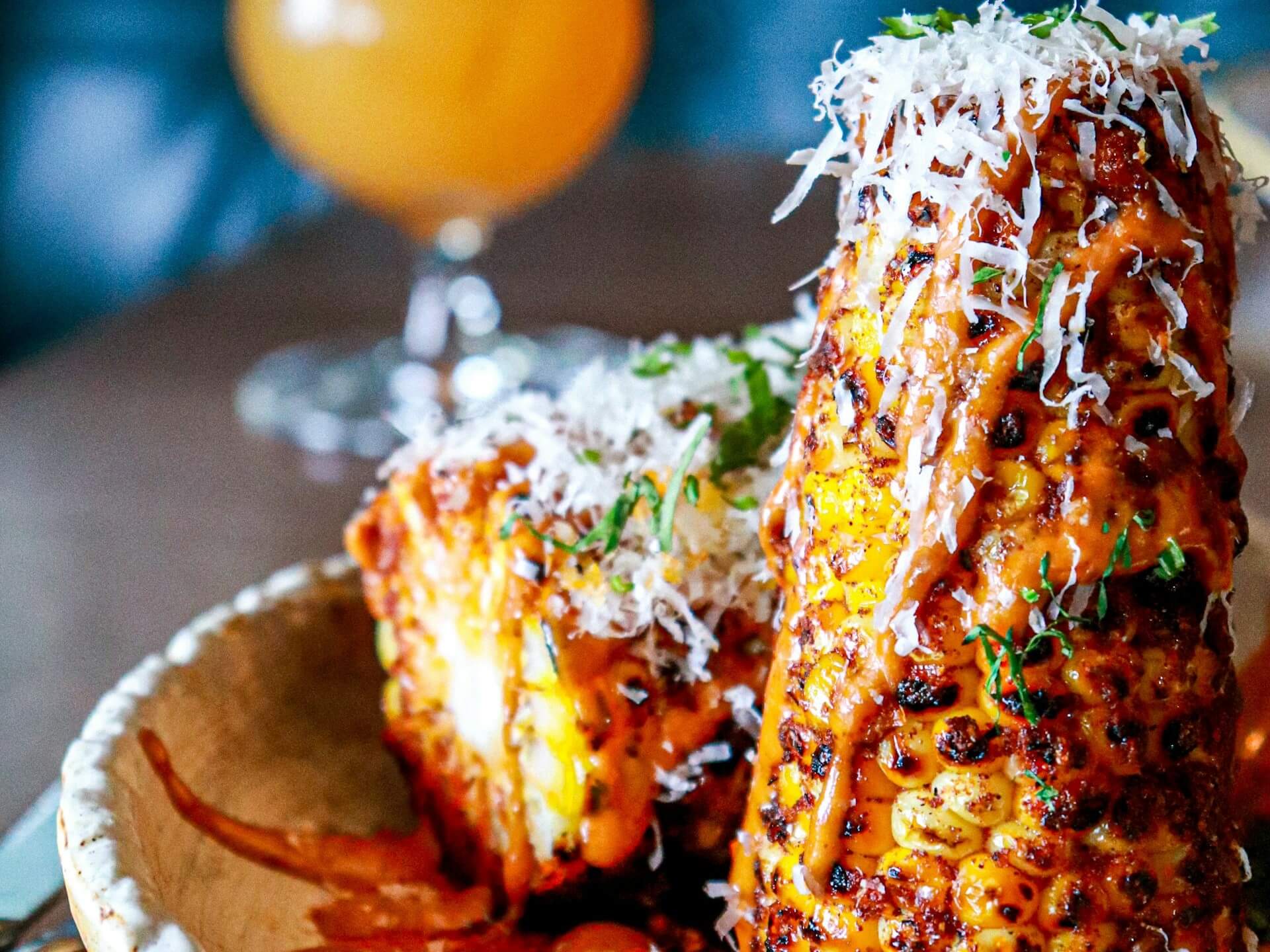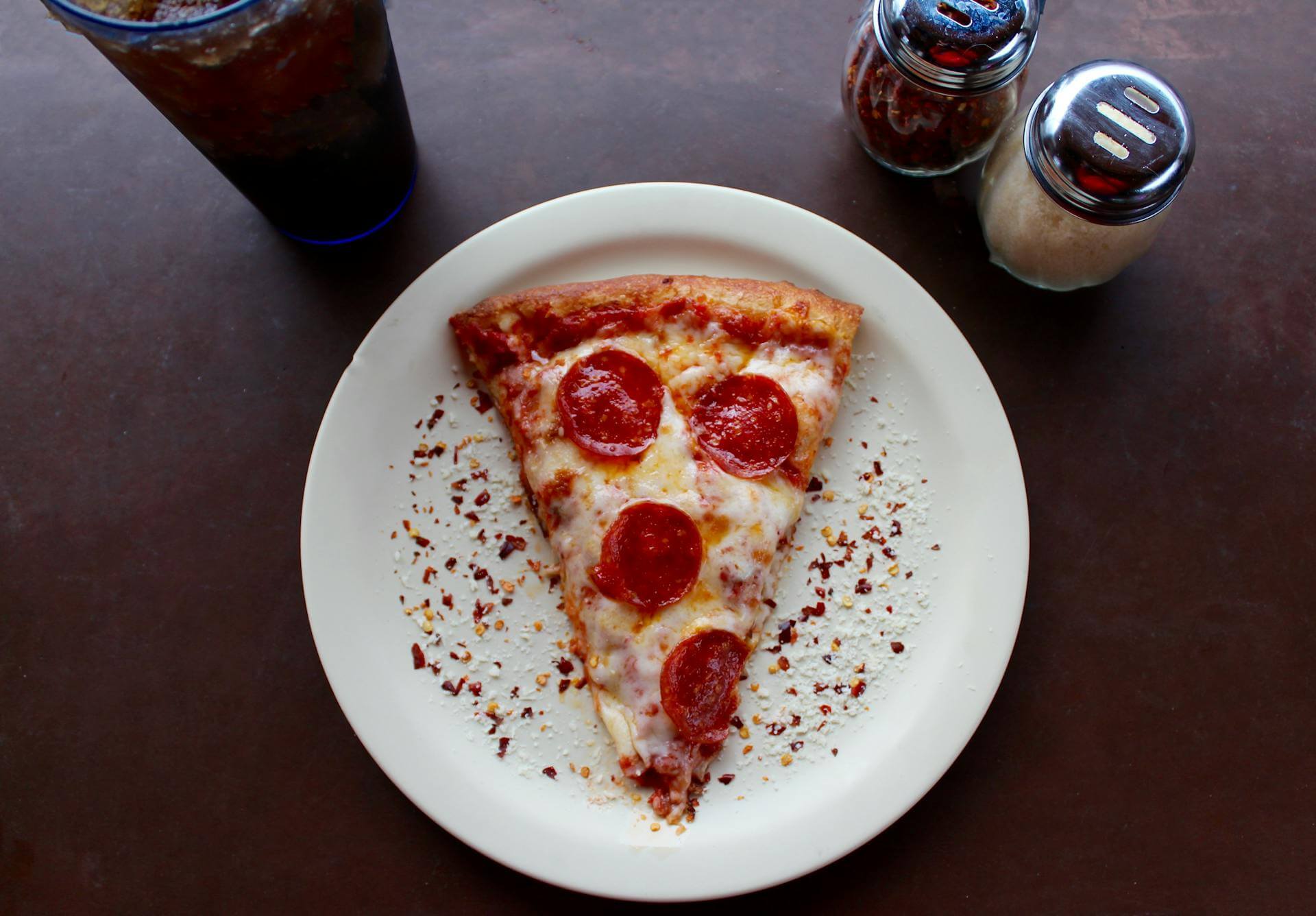Emerging Trend: Cicada Skewer, Anyone?
by David Klemt

Need a cicada tattoo? Here ya go!
Two broods of cicadas, numbering in the trillions of insects, have been emerging throughout the US, and this may present operators with opportunity.
Brood XIII is emerging throughout the Midwest, while Brood XIX is making their presence known in the Midwest and Southeast.
I think it’s clear where I’m going with this: operators can put cicadas on their menus.
This suggestion comes with a few crucial caveats:
- Harvesting must be done with care, and in safe areas.
- The preparation must ensure guests can handle and consume the cicadas safely.
- Operators must do their due diligence to make certain that preparing and serving cicadas is permitted in their venue’s jurisdiction.
With that out of the way, eating cicadas isn’t as unusual as it sounds. According to experts on the subject, people have been eating cicadas for centuries.
It’s likely anyone reading this has heard over the years that some insects are excellent sources of protein. Well, according to people who know more about eating bugs than I, this applies to cicadas. I’ve eaten a scorpion (not a live one) but it wasn’t prepared to make it delicious or even palatable, so…I’m no expert. (For those wondering, it was dry, mostly flavorless, and I didn’t enjoy it.)
Since there are people out there who know about these things, and because the internet exists, I dug into the topic of eating cicadas. I’m not telling anyone they need to put these on their menu, of course. But for those who are curious and enterprising enough to do so, what I’ve learned is below.
Harvesting
If an operator’s going to bring cicadas into theirr business, they need to be smart and careful about it, and do so within the bounds of the law.
The source area should be free from pesticides. Along those lines, the cicadas need to come from an area free of other contaminants.
From what I found online, one of the best approaches is to venture to places that don’t see much traffic. This should reduce the possibility of guests consuming harmful chemicals.
Think about it: If someone’s just grabbing cicadas out of a busy neighborhood or within a commercial or industrial area, the critters may have been subjected to lead, fertilizers, unsafe fluids, gasoline, diesel, etc.
But what about actually catching them? Well, there’s more than one approach. One can either hunt them quite early in the morning, when they’ve emerged and are starting to climb trees or tree stumps. Or, they can try an hour or two after dark, looking around the lower part of tree trunks and stumps. Cicadas with white wings are in their teneral state, which means they’re soft.
Another tip? The exoskeletons aren’t pleasant. So, some experts suggest waiting for them to molt before grabbing them. Most sources I found—I think I’ve read too much about this topic—recommended freezing cicada hauls immediately.
I’ll add this, as well. Operators who know foragers in their area of business can check in with them to see if they’re harvesting cicadas. Again, operators need to find out as much as they can about where the cicadas come from, how they’re being harvested, etc.
Preparation
While researching this topic, cooking cicadas before consuming them was a constant refrain. Eating them raw is viewed as not worth the risk of making one’s self sick.
Anyone still reading this and considering putting cicadas on their menu must keep the guest experience in mind. Sure, this is an adventurous, gimmicky thing to try. It still needs to be memorable and enjoyable.
So, serving cicadas that haven’t been “shelled” should be avoided. Further, the wings and legs should be removed as these can be very hard and unpleasant in terms of mouthfeel.
Along with not eating them raw, experts also want people to wash cicadas thoroughly before cooking them. In fact, I’m going to go ahead and opine that operators and their kitchen teams handle cicadas as though they’re raw chicken. Behave accordingly and responsibly.
A couple sources suggested blanching cicadas in boiling water for at least a minute, then freezing them until it’s time to prepare them.
When it comes to actually cooking them, it seems the sky’s the limit. Boil them, fry them, air fry them, grill them, roast them…
KRG Hospitality’s very own chef-consultant, Nathen Dubé, has a couple of suggestions for operators to consider.
First off, he suggests battering and frying cicadas. Serve them with a lime aioli “to play off the earthy asparagus and green pea flavour of the cicadas.”
Nathen also recommends skewering cicadas and grilling them over charcoal. Brush the cicadas with a soy-ginger-scallion sauce continuously “to play off the natural nutty flavour.” You can read culinary articles from Nathen here, here, and here.
I don’t know if Brood XIII and Brood XIX taste differently, or which is nutty and which is earthy. So, operators are going to have to try them to find out.
Caution
Multiple sources warn that cicadas can be unsafe for people with shellfish allergies.
So, people who are allergic to shrimp, for example, probably shouldn’t eat cicadas. Owners, operators, kitchen team, and servers and bartenders need to know this, and caution guests appropriately.
Another important warning? Cicadas can, it turns out, be high in mercury. This means that women who are pregnant or lactating, and young children, should either limit how many cicadas they consume or avoid them altogether.
Lastly, I did look up the safe minimum internal temperature for cicadas. Supposedly, that temperature is 145 degrees Fahrenheit.
As far as pricing, I’ll put this here: I found an online source selling a tin of five cicada nymphs for $13. Also, a restaurant that creates a buffet-style, bug-eating experience charges about $17 per adult.
Putting cicadas on the menu can be a lucrative opportunity to drive traffic and engage with guests. However, preparation and service must be done legally and responsibly.
Disclaimers: 1. This content is for informational purposes only, and should not be used as legal or other advice. This article does not constitute professional advice, nor does any information constitute a comprehensive or complete statement of the matters discussed, the law, or liability. This information is of a general nature and does not address the circumstances of a specific individual or entity. The reader of this information alone assumes the sole responsibility of evaluating the merits and risks associated with the use of any information before making any decisions based on such information. 2. The image at the top of this article was generated by an Artificial Intelligence (AI) system.
Image: Shutterstock.













